Home>diy>Planning & Engineering>What Is Zoning For A School
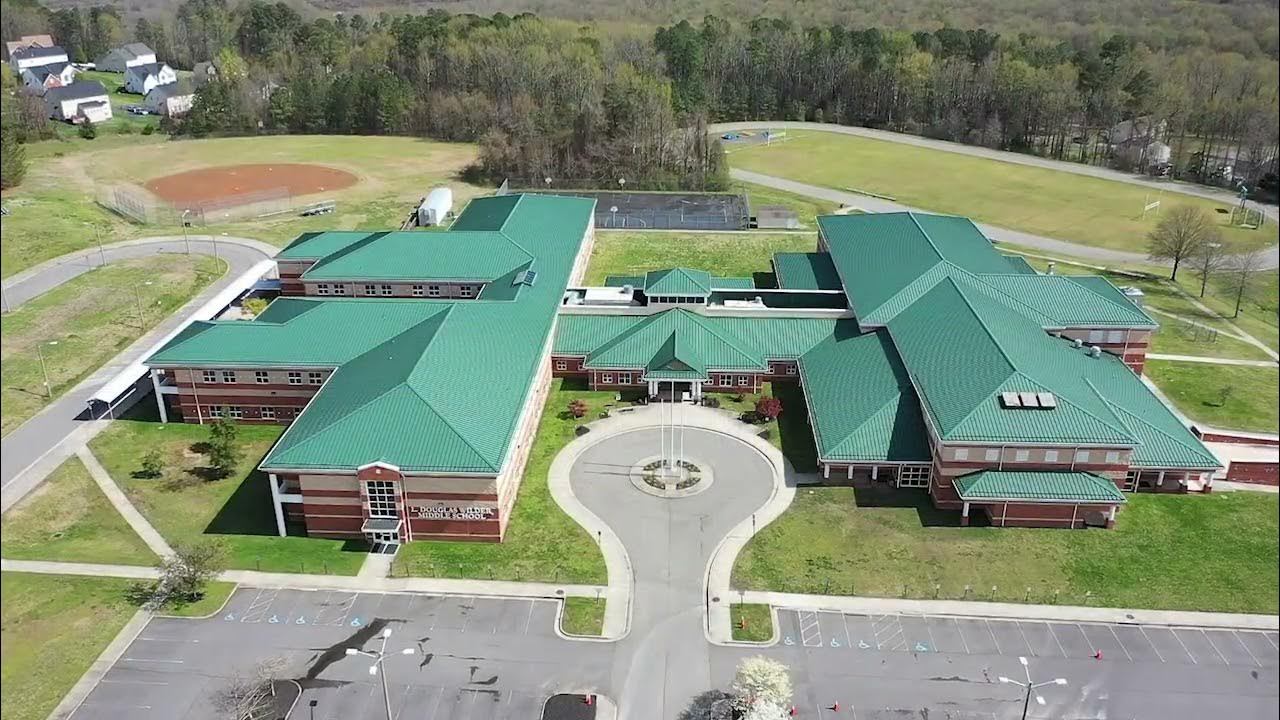

Planning & Engineering
What Is Zoning For A School
Modified: December 7, 2023
Learn about the importance of zoning in school planning and engineering. Discover how proper zoning decisions can optimize school infrastructure and enhance educational environments.
(Many of the links in this article redirect to a specific reviewed product. Your purchase of these products through affiliate links helps to generate commission for Storables.com, at no extra cost. Learn more)
Introduction
When it comes to planning and organizing school systems, one crucial aspect that often comes into play is zoning. Zoning, in the context of schools, refers to the process of dividing a district or municipality into specific geographic areas, each designated for a particular school or group of schools. This strategic approach to school placement ensures that children have access to educational facilities within their proximate neighborhoods.
Zoning is not a new concept; in fact, it has been employed for decades in urban planning to regulate land use and control the development of residential, commercial, and industrial areas. However, when it comes to schools, zoning plays a pivotal role in ensuring equitable access to education while addressing the challenges of student population distribution.
In this article, we will explore the definition of zoning, discuss the role it plays in schools, examine the criteria used for zoning school placement, and delve into the benefits and challenges associated with this approach. We will also examine successful case studies where zoning has been effectively implemented to improve the educational experience for students.
Key Takeaways:
- Zoning for schools optimizes resource allocation, promotes equitable access to education, and fosters strong community bonds, enhancing student success and well-being.
- Successful zoning implementation, as seen in Montgomery County Public Schools and Helsinki, Finland, demonstrates the positive impact on educational outcomes and community engagement.
Definition of Zoning
Zoning, in the context of schools, is the process of dividing a geographical area, such as a district or municipality, into specific zones or boundaries. Each zone is designated for a particular school or group of schools. The purpose of zoning is to regulate the distribution of students across educational facilities within a given area. This helps ensure that schools are properly utilized and that students have access to schools within close proximity to their homes.
Zoning typically involves a comprehensive planning process that takes into account various factors such as population density, demographic data, transportation infrastructure, and community input. The goal is to create a balanced distribution of students across schools, considering factors such as capacity, resources, and the needs of individual communities.
While zoning is predominantly used in residential areas, it can also apply to other types of zones, such as commercial or industrial areas. The purpose remains the same – to regulate and control the allocation of resources and facilities within a given zone.
It’s important to note that zoning can vary from one jurisdiction to another, and the specific regulations and guidelines may differ. The zoning process is typically governed by local educational authorities or boards who work closely with community stakeholders to develop zoning plans that best meet the needs of the students and the community as a whole.
Role of Zoning in Schools
Zoning plays a crucial role in ensuring an organized and efficient distribution of students across schools within a district or municipality. By strategically assigning students to specific schools based on their geographic location, zoning helps to optimize the utilization of school resources, promote equal access to education, and foster a sense of community within each school zone.
One of the primary roles of zoning in schools is to manage student enrollment and maintain a balanced student population across schools. By carefully considering factors such as population density, demographics, and projected growth, zoning helps prevent overcrowding in certain schools while ensuring that others are not underutilized.
Zoning also plays a key role in promoting equitable access to education. By designating specific schools for each geographic zone, zoning helps to ensure that children have access to a school within a reasonable distance from their homes. This reduces transportation barriers and allows students to attend schools that are convenient and accessible, resulting in enhanced student engagement and increased parental involvement in school activities.
Furthermore, zoning contributes to the development of vibrant and cohesive communities. When a school is zoned for a particular geographic area, it fosters a sense of belonging and connection among students, parents, and community members. This sense of community can lead to increased collaboration, support, and engagement within the school, resulting in a richer and more fulfilling educational experience for students.
Additionally, zoning can have an impact on the socioeconomic diversity of schools. It can help create a mix of students from different economic backgrounds within each school, promoting social integration and providing opportunities for students to learn from one another’s unique perspectives and experiences. This can contribute to a more inclusive and enriching educational environment.
Overall, the role of zoning in schools is multi-faceted and goes beyond simply assigning students to specific schools. It helps optimize the use of resources, ensures equitable access to education, fosters community engagement, and promotes diversity and inclusion within schools. By effectively implementing zoning strategies, educational authorities can create an environment that supports the success and well-being of all students.
Zoning Criteria for School Placement
When it comes to determining the zoning criteria for school placement, various factors are taken into consideration to ensure an equitable and efficient distribution of students across schools. These criteria may vary depending on the specific needs and characteristics of each district or municipality. Here are some common aspects considered in the zoning process:
- Population Density: Zoning takes into account the population density of different areas within the district or municipality. By analyzing demographic data and projected growth, educational authorities can allocate schools based on the size and needs of the local population. Areas with higher population densities may require more schools or larger school facilities to accommodate the student population.
- Geographic Proximity: Zoning aims to ensure that students have access to schools within a reasonable distance from their homes. Educational authorities consider the geographic layout of the area and establish school boundaries accordingly. This helps minimize transportation time and costs for students and encourages greater parental involvement in school-related activities.
- School Capacity: Zoning criteria also take into account the capacity of each school. Schools with larger capacities can accommodate more students, while smaller schools have their own capacity limits. By considering the balance between student enrollment and available space, zoning helps prevent overcrowding in certain schools and underutilization in others.
- Transportation Infrastructure: The availability and efficiency of transportation infrastructure, such as bus routes and road networks, play a crucial role in zoning decisions. Educational authorities assess the accessibility and transportation options for each school zone to ensure that students can safely and conveniently travel to and from school.
- Community Feedback: Zoning decisions are often made with input from community stakeholders, including parents, educators, and local residents. Community feedback is an important aspect of the zoning process as it helps ensure that the needs and concerns of the community are taken into account. This collaborative approach fosters a sense of ownership and collective responsibility for the education system.
Zoning criteria for school placement may also consider other factors such as school performance, special program offerings, and the need for diversity within schools. The goal is to create a well-balanced and sustainable educational system that meets the needs of the student population while considering the unique characteristics of each area within the district or municipality.
Tip: Zoning for a school refers to the geographic area assigned to a particular school for enrollment purposes. Understanding the zoning boundaries can help parents determine which school their child is eligible to attend.
Benefits of Zoning for Schools
The implementation of zoning in schools offers several benefits, contributing to a more efficient, equitable, and thriving educational system. Here are some key advantages of using zoning for school placement:
- Optimal Resource Allocation: Zoning helps ensure the efficient allocation of resources, including facilities, teachers, and school supplies. By distributing students across schools based on their geographic location, educational authorities can balance student enrollment and maximize the utilization of school resources, reducing the strain on individual schools and promoting a well-rounded education for all.
- Equitable Access to Education: Zoning promotes equitable access to education by ensuring that each student has a nearby school within their designated zone. This reduces transportation barriers, making it easier for students to attend school regularly and for parents to actively participate in their child’s education. It also helps prevent overcrowding in certain schools and ensures that resources are evenly distributed across the district or municipality.
- Community Cohesion: Zoning fosters a sense of community within each school zone. When students attend schools in their immediate neighborhoods, it strengthens the bonds among classmates, parents, and community members. This sense of community can lead to increased involvement in school activities, enhanced collaboration, and a supportive network that benefits the overall educational experience.
- Social and Economic Integration: Zoning can help create a diverse and inclusive student body within each school. By considering socioeconomic factors in the zoning process, it’s possible to achieve a mix of students from different economic backgrounds, promoting social integration and providing opportunities for students to learn from one another’s experiences. This fosters a more inclusive and enriching educational environment.
- Efficient Transportation: Zoning allows for more efficient transportation systems, as bus routes can be designed to serve specific school zones. This reduces commute times, minimizes transportation costs, and ensures that students can reach their designated schools safely and on time. It also eases traffic congestion around schools, contributing to improved overall traffic flow.
- Accountability and Planning: Zoning enhances accountability and planning within the education system. By assigning schools to specific geographic areas, it becomes easier to track and analyze student outcomes, address issues, and allocate resources more effectively. This data-driven approach helps identify areas of improvement and enables educational authorities to make informed decisions about school policies and investments.
Overall, zoning for schools offers numerous benefits that support an efficient and equitable education system. From optimal resource allocation to enhanced community cohesion and social integration, zoning plays a crucial role in promoting student success and fostering a positive learning environment.
Read more: What Is A-1 Zoning
Challenges and Controversies Surrounding Zoning for Schools
While zoning for schools brings numerous benefits, it is not without its challenges and controversies. The implementation and maintenance of a zoning system can give rise to various issues that educational authorities must navigate. Here are some common challenges associated with zoning for schools:
- Resistance to Change: Introducing zoning can face resistance from parents, educators, and community members who may have concerns about changes to school assignments or potential disruptions to established social networks. Overcoming resistance requires effective communication and a transparent decision-making process to address concerns and ensure that the benefits of zoning are clearly understood.
- Social and Economic Disparities: Zoning can inadvertently perpetuate socioeconomic disparities among schools. Residential patterns and economic segregation can result in certain school zones having a higher concentration of disadvantaged students, leading to unequal access to resources and opportunities. Efforts must be made to mitigate these disparities through additional support and targeted interventions in schools that serve disadvantaged communities.
- Capacity Limitations: Ensuring that each school operates within its intended capacity can be challenging. Rapid population growth or changes in demographics may lead to overcrowding in certain schools while others remain underutilized. Regular monitoring and adjustment of zoning boundaries may be necessary to manage capacity issues and ensure an equitable distribution of students across schools.
- Resource Allocation: Zoning may inadvertently lead to unequal distribution of resources among schools. Schools in affluent areas may receive more funding through parent organizations or private donations, creating disparities in extracurricular programs, facilities, and educational opportunities. Educational authorities need to actively address these disparities and ensure that resources are allocated fairly and equitably across all schools.
- Transportation Challenges: Zoning can present logistical challenges when it comes to student transportation. Ensuring that bus routes are efficient, safe, and cover the entire school zone can be complex, especially in geographically diverse areas. Addressing transportation challenges requires effective planning, coordination, and communication between educational authorities, transportation departments, and families.
- Changing Demographics: Zoning plans need to be adaptable to changing demographics and population shifts. As communities evolve over time, zoning boundaries may need to be adjusted to effectively serve the needs of the student population. This requires ongoing monitoring and periodic reassessment of zoning plans to ensure that they remain responsive to changing demographics.
Addressing the challenges and controversies surrounding zoning for schools requires a thoughtful and inclusive approach. Involving stakeholders in the decision-making process, prioritizing equity and fairness, and continuously evaluating and refining zoning plans can help minimize the negative impacts and ensure that the benefits of zoning are realized.
Case Studies: Successful Implementation of Zoning for Schools
Several jurisdictions have successfully implemented zoning strategies for schools, resulting in improved educational outcomes, equitable access to education, and stronger communities. Let’s explore a couple of case studies where the implementation of zoning has been successful:
- Case Study 1: Montgomery County Public Schools, Maryland, USA: Montgomery County Public Schools (MCPS) in Maryland has implemented a comprehensive zoning system that focuses on promoting equity and excellence in education. By carefully considering factors such as demographics, socioeconomic status, and school capacity, MCPS has created well-balanced school zones that ensure diverse student populations across schools.
- Case Study 2: Helsinki, Finland: Helsinki, the capital city of Finland, is widely recognized for its successful education system. Zoning plays a crucial role in ensuring high-quality education for all students. The city has implemented a zoning system that prioritizes equal access to education, regardless of a student’s socioeconomic background or residential address.
MCPS consistently monitors and adjusts its zoning boundaries to address changes in demographics and student enrollment. The district actively seeks community input and feedback, fostering collaborative decision-making and building community support for the zoning system. The result has been improved academic performance, reduced achievement gaps between schools, and increased parental involvement.
Through strategic zoning, Helsinki ensures that schools in disadvantaged areas receive additional resources and support to bridge the achievement gap. The zoning system also promotes diversity and integration by deliberately mixing students from different backgrounds within each school. This approach enhances learning opportunities, fosters social cohesion, and prepares students for a globalized world.
In both these case studies, successful implementation of zoning for schools has resulted in improved educational outcomes, reduced achievement gaps, and increased community engagement. By carefully considering various factors, such as demographics, school capacity, and socioeconomic diversity, these jurisdictions have created equitable and inclusive education systems.
These case studies highlight the importance of ongoing evaluation and adjustment of zoning plans to ensure they remain responsive to changing needs and demographics. By actively involving stakeholders, addressing disparities, and providing targeted support, these districts have demonstrated the potential of zoning to positively impact educational outcomes and create thriving school communities.
Conclusion
Zoning for schools plays a crucial role in organizing and optimizing educational systems. By strategically dividing districts or municipalities into specific school zones, zoning helps ensure optimal resource allocation, equitable access to education, and the development of strong and cohesive school communities.
Throughout this article, we have explored the definition of zoning, the role it plays in schools, the criteria used for school placement, the benefits it offers, as well as the challenges and controversies it may present. We have also examined successful case studies that demonstrate the positive impact of zoning on educational outcomes and community engagement.
By implementing zoning, educational authorities can ensure that each school operates within its intended capacity and that resources are distributed fairly. Zoning helps promote equitable access to education by providing students with nearby schools within their designated zones, reducing transportation barriers, and encouraging community involvement.
Furthermore, zoning fosters a sense of community among students, parents, and residents within each school zone. By creating diverse and inclusive student populations, zoning contributes to social integration and the development of a rich learning environment where students can learn from one another’s unique experiences and perspectives.
While challenges and controversies may arise during the implementation of zoning strategies, addressing these issues through transparent decision-making, community engagement, and targeted interventions can help overcome potential barriers and create a more equitable and efficient educational system.
Ultimately, zoning for schools is an essential tool for educational planning and engineering. When implemented thoughtfully and in collaboration with stakeholders, zoning can contribute to enhanced student success, improved academic outcomes, and the nurturance of thriving school communities.
Frequently Asked Questions about What Is Zoning For A School
Was this page helpful?
At Storables.com, we guarantee accurate and reliable information. Our content, validated by Expert Board Contributors, is crafted following stringent Editorial Policies. We're committed to providing you with well-researched, expert-backed insights for all your informational needs.


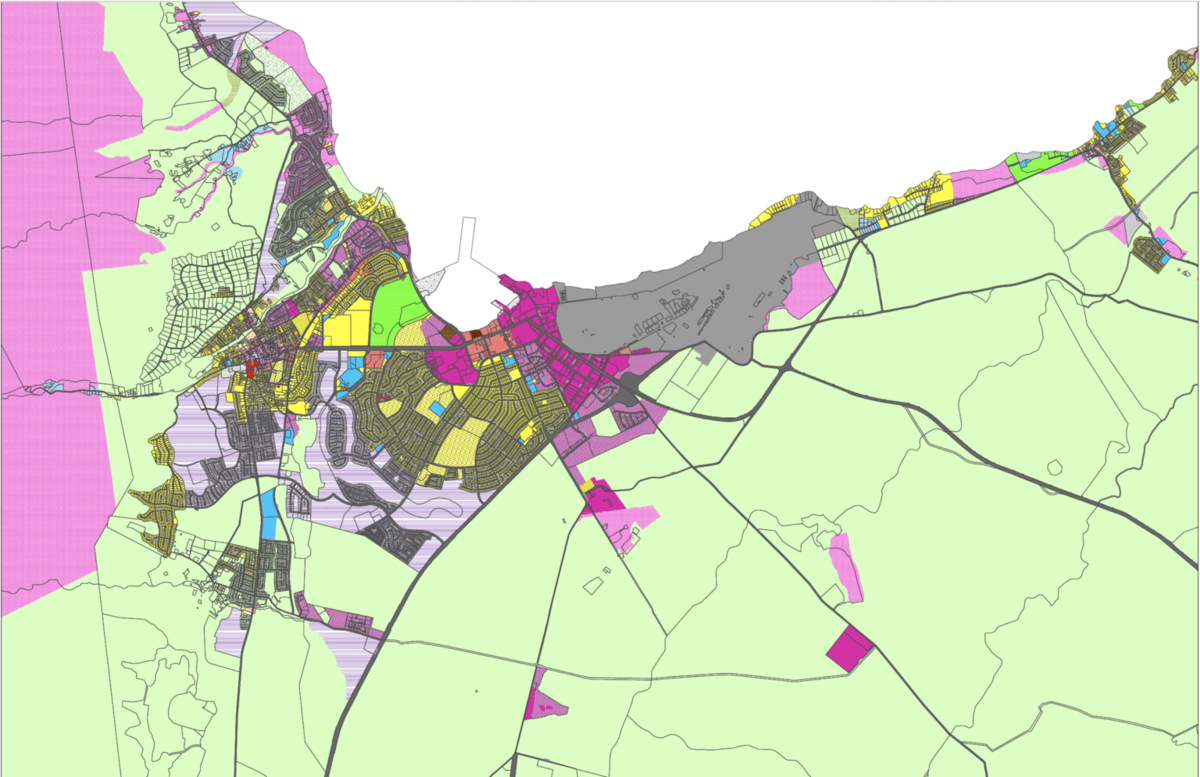





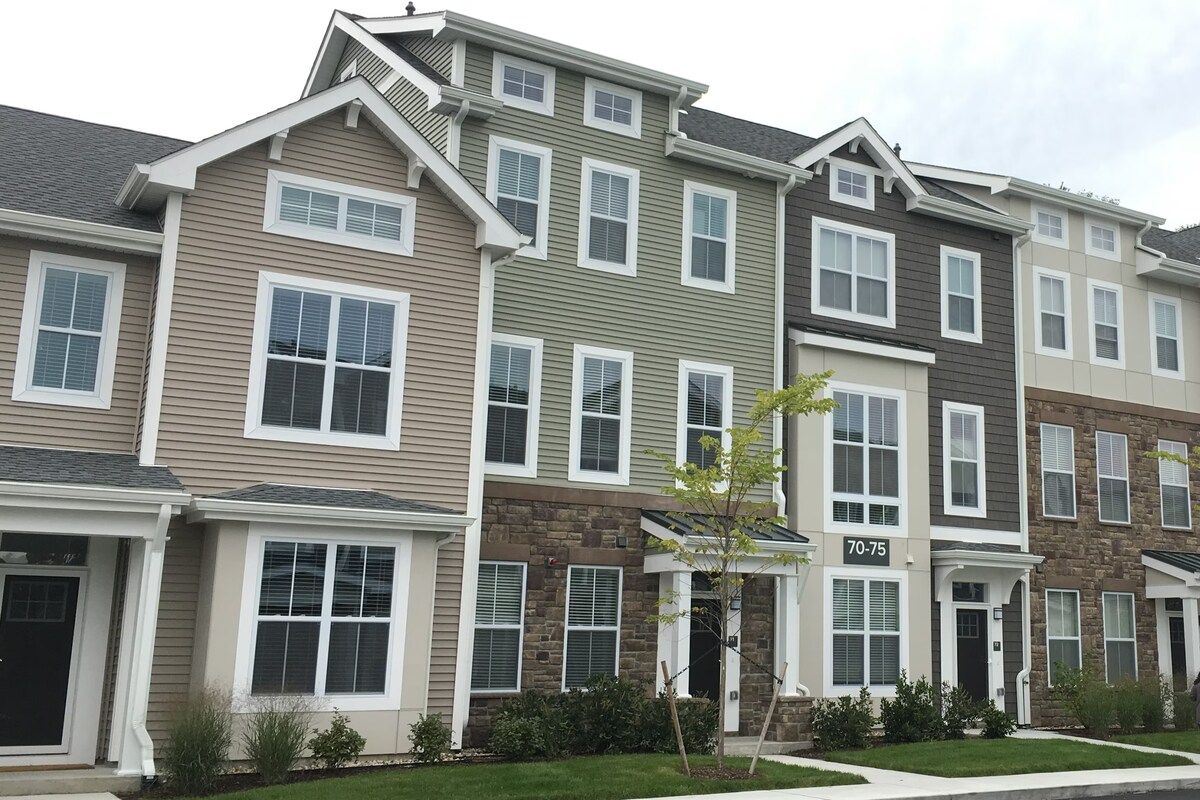
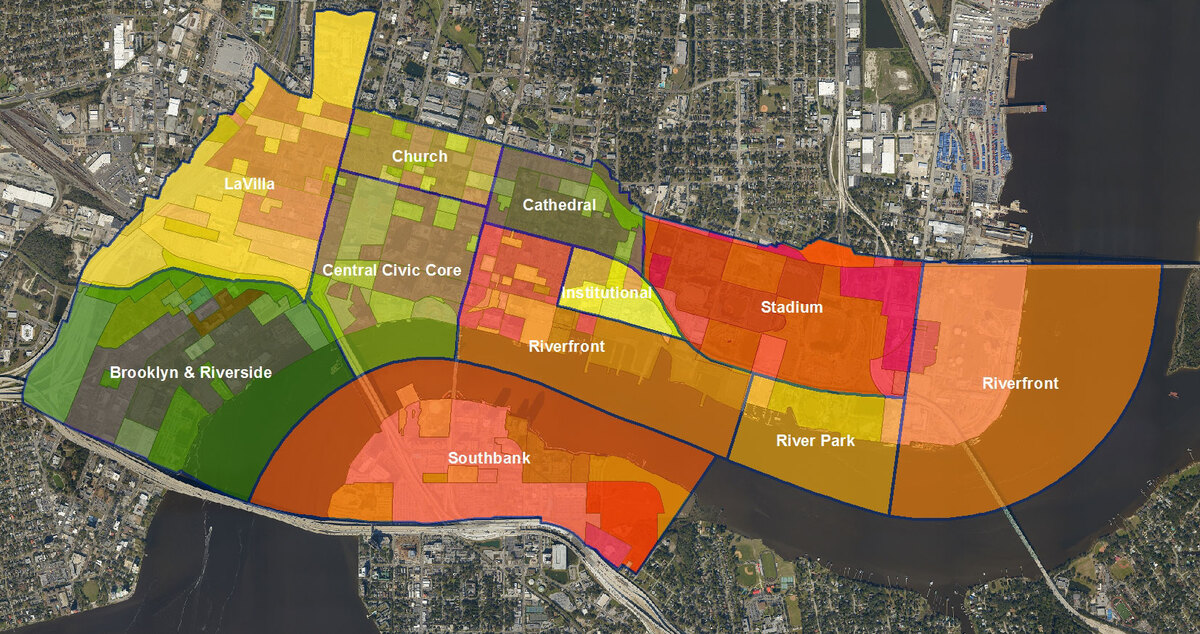
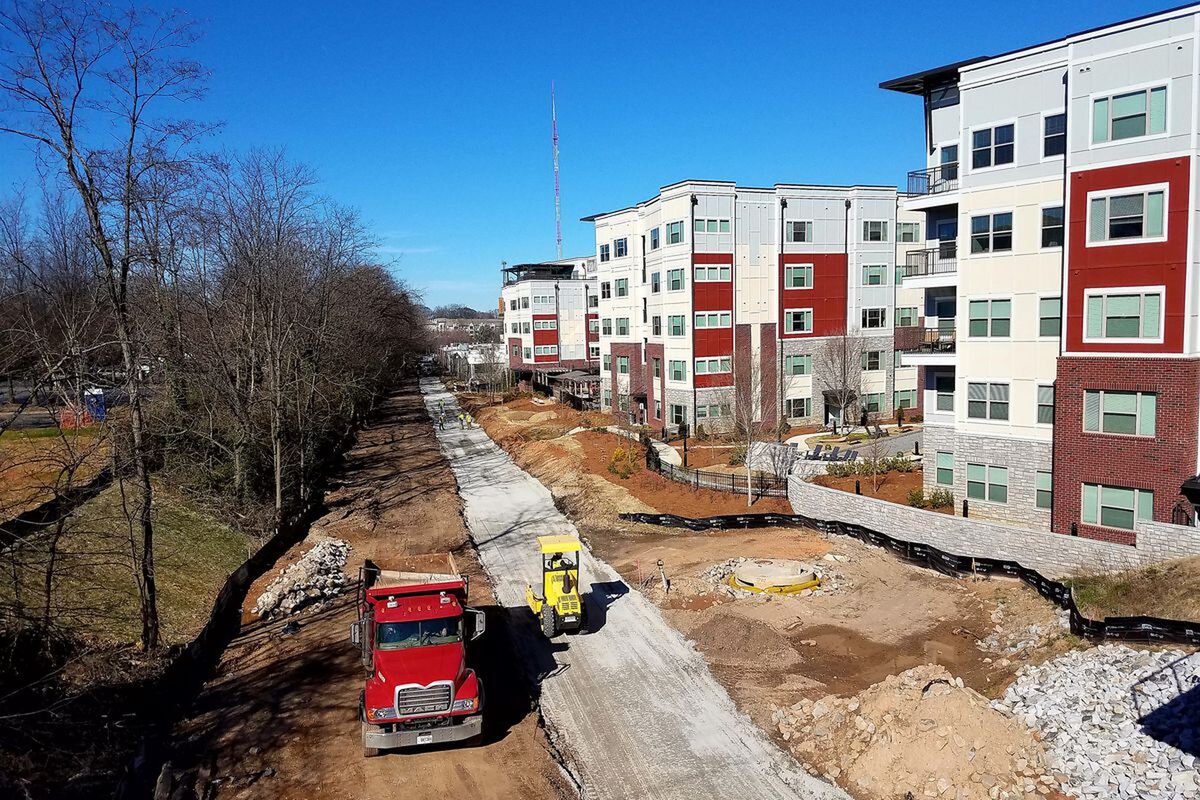
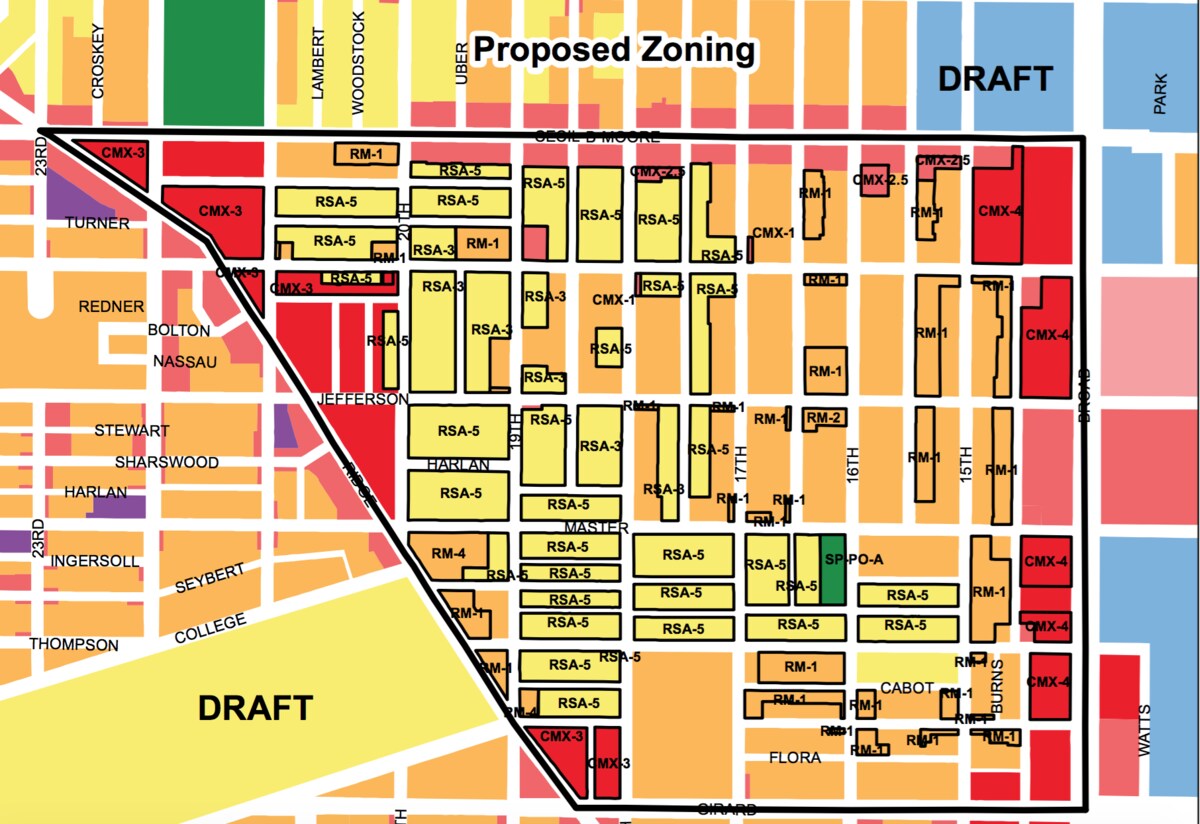

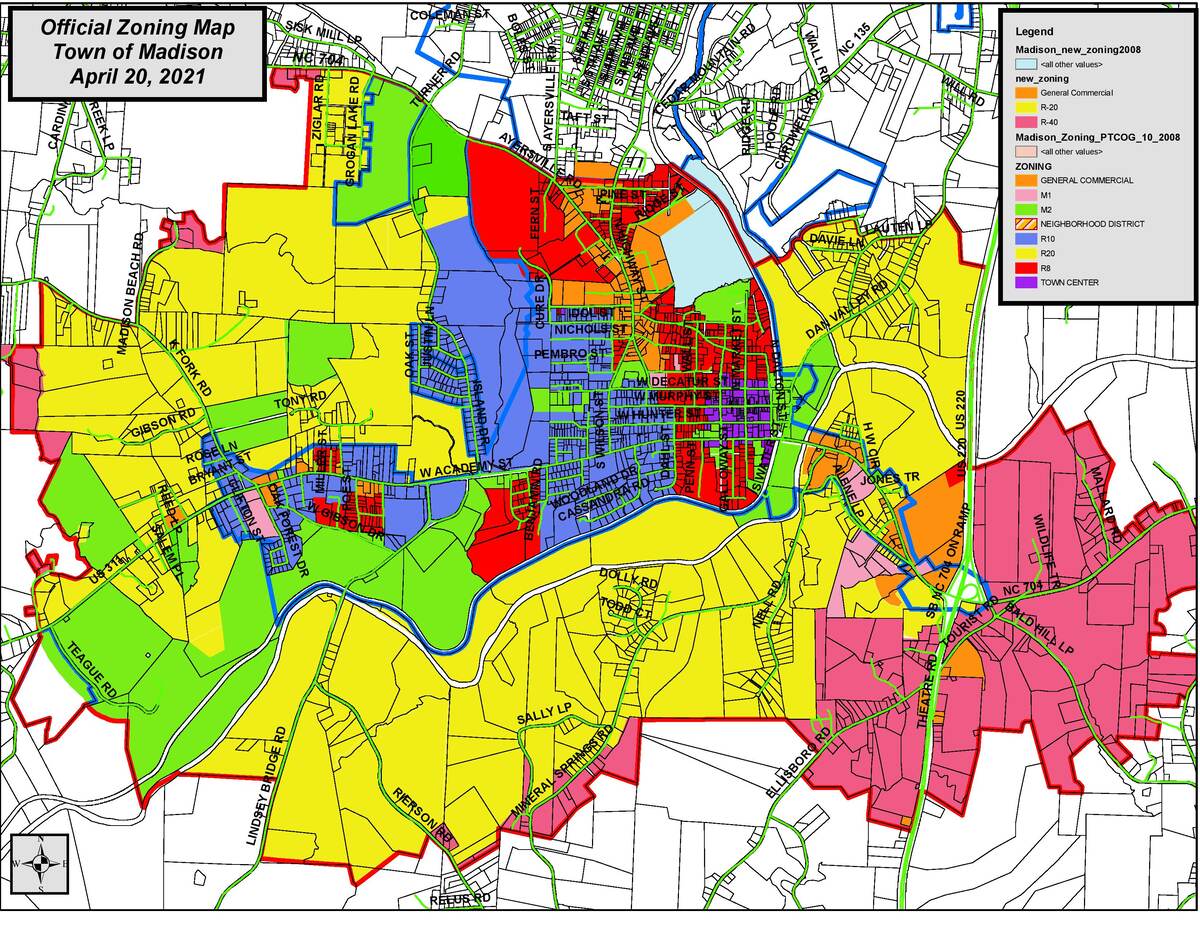

0 thoughts on “What Is Zoning For A School”